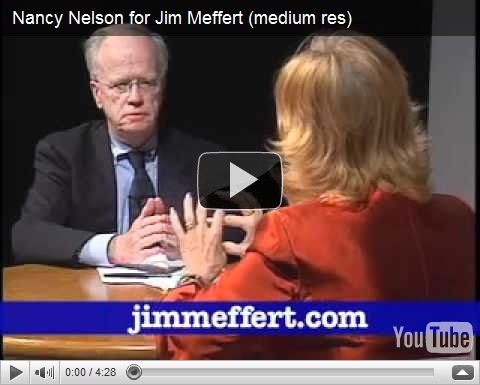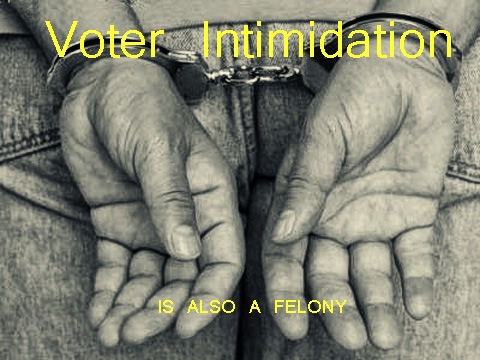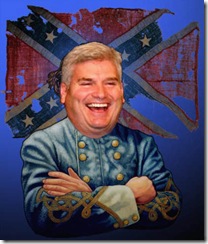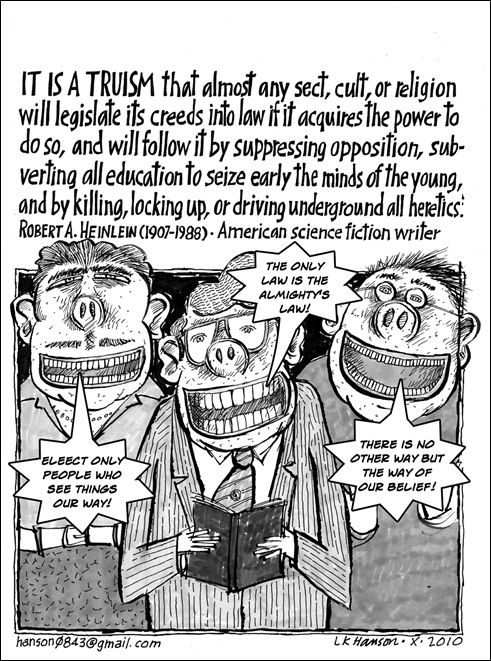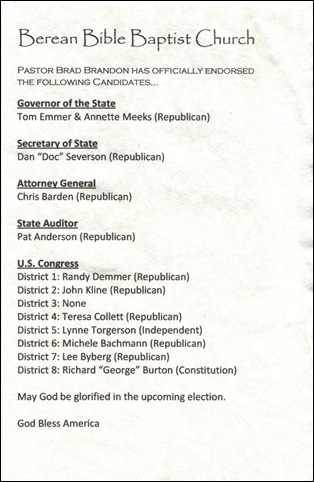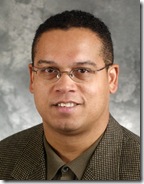Since the beginning of partisan legislative elections in 1974, the Minnesota Senate has always been controlled by the DFL. But there is a real, though slight, chance that the GOP could ride a wave of voter dissatisfaction in 2010 and seize control of the chamber.
By my reckoning, there are 24 safe DFL seats, and 10 safe Republican seats, all currently held by each party. But there are 33 other seats that are at least theoretically in play. The GOP has the advantage in 17 of those races (5 currently held by the DFL), and 10 others I consider a toss-up (all 10 of these are currently DFL seats.) See the bottom of this post for my list of the races in each category.
There are six crucial contests that lean toward the DFL, that are currently held by the DFL. Losing any of these would seriously threaten the DFL's ability to hold the Senate.
hPVI is a measure of the partisan lean of a district. In all references to hPVI, I've drawn from Tony Angelo's work at his blog minn-Donkey (which you should go and read as soon as you are done here.)
SD2 (R) Dennis Moser vs. (D) *Rod Skoe
Rod Skoe is a two-term Senator who won his last election by 20 points. He’s also in a pretty middle of the road district (hPVI -2 DFL). Moser has raised nearly $11,000 in individual contributions, but Skoe is sitting on over $25,000 cash on hand. If he’s worried about Moser, he’s not spending commensurately. If Skoe is unseated, that would be a sign of a massive wave for the Republicans. As is, this is a pretty safe seat for the DFL.
SD8 (R) Michael Cummins vs. (D) *Tony Lourey
Tony Lourey is a one-term Senator, who replaced his mother Becky Lourey in 2006 when she ran for the DFL gubernatorial endorsement. He won his first try for the Senate by 15 points. The district is pretty favorable for the DFL at hPVI +6. His opponent, Michael Cummins, is very conservative for the district and has raised only $5,000 in individual contributions compared to over $12,000 raised by Lourey. That said, enthusiasm for Chip Cravaack in the southern part of CD8 could put wind in the sails of statehouse candidates. This is another seat to watch as a potential sign of a massive GOP takeover of the Senate.
SD23 (R) Peter Trocke vs. (D) *Kathy Sheran
In a normal year, this would go in the “solid DFL” category. The district is hPVI +2 for the DFL. Kathy Sheran is well-known and has raised over $20,000 in individual contributions, and is sitting on over $32,000 in cash. Her opponent, Peter Trocke has raised only $7,400 in individual contributions. Sheran, former Mayor of Mankato and daughter of Minnesota Supreme Court Chief Justice Robert Sheran, should win this race. But this year all one-term DFL incumbents have to be viewed as potentially vulnerable.
SD51 (R) Pam Wolf vs. (D) *Don Betzold
Sen. Don Betzold is a multi-term Senator first elected in 1992, but he’s clearly in a defensive mode. He faces the same opponent that he defeated by 9 points in 2006. He’s only raised around $6,000 in individual contributions, and has spent over $45,000 on his campaign. But his opponent, teacher Pam Wolf, hasn’t raised much more than than that. The district is hPVI -2 DFL, and while that’s not terrible for Betzold, he has good reason to be concerned as a long-term incumbent in a battleground district.
SD39 (R) Robb Soleim Jr. vs. (D) *James Metzen
I include this race in the “Lean DFL” category only because of concerns about the lingering effects of Metzen’s 2007 DUI conviction. Metzen won handily in 2006, defeating his opponent by 28 points. Metzen’s been Senate President since 2002. This is a swing district at hPVI +2 DFL, but Metzen is an institution, and his opponent appears to be running a boilerplate Republican campaign. Nonetheless, you can ask Jim Oberstar how much security he feels as an institution in 2010. A Metzen loss would portend a switch in control of the Senate.
SD50 (R) Gina Bauman vs. (D) Barb Goodwin vs. (I) Rae Hart Anderson
Once again, this is a race that in another year would be in the “Safe DFL” column, but the craziness in the DFL primary means I will list it here. Former Rep. Goodwin is well known in the district, having represented 50A for several terms and serving on the Columbia Heights School Board. She ousted incumbent Sen. Satveer Chaudhary, stripped of the DFL endorsement following revelations that he inserted special fishing regulations into a natural resources bill. This race might be closer if it weren’t for Rae Hart Anderson. Anderson was the 2006 Republican nominee, but is running on the IP ticket this time. Gina Bauman is a New Brighton City Council member, but has struggled with visibility.
In each case, these are seats the DFL needs to win. If any of these fall to the Republicans, it will be a serious blow for the DFL's prospects of controlling the Senate.
Senate in the Balance
Strong DFL: 24 (1, 3, 5, 6, 7, 9, 20, 27, 44, 45, 46, 54, 55, 57, 58, 59, 60, 61, 62, 63, 64, 65, 66, 67)
DFL incumbents in favorable districts, or with a track record of strong performance in their district (1, 3, 5, 6, 9, 20, 27, 44, 45, 46, 54, 55, 57, 58, 59, 60, 61, 62, 63, 64, 65, 66)Lean DFL: 6 (2, 8, 23, 39, 50, 51)
Nonincumbent DFL in highly favorable district (7, 67)
Tossup: 10 (10, 15, 30, 31, 38, 40, 43, 47, 53, 56)
Multiterm DFL incumbent in vulnerable district (47)Lean R: 17 (4, 11, 12, 13, 16, 17, 18, 21, 22, 25, 26, 28, 37, 42, 48, 49, 52)
One term or special election incumbent in vulnerable district (10, 30, 31, 38, 40, 43, 56)
Nonincumbent seeking to hold current DFL open seat (15)
One-term/special DFL incumbent in highly vulnerable district (4, 16, 17, 25)Strong R: 10 (14, 19, 24, 29, 32, 33, 34, 35, 36, 41)
Currently DFL open seat (22, 28)
One-term/special GOP incumbent (11, 13, 26, 37)
Currently GOP open seat (12, 18, 21, 49)
GOP incumbent, but with weaker election track record (42, 48, 52)
GOP incumbent, strong GOP district (14, 19, 24, 29, 32, 33, 34, 35, 41)Follow me on Twitter @aaronklemz
GOP open seat, strong GOP district (36)

![voter-intimidation-is-also-_thumb[2] voter-intimidation-is-also-_thumb[2]](http://lh4.ggpht.com/_9jGfkHJAAx8/TMml9RHxoXI/AAAAAAAABCc/1vrhz131O4w/voter-intimidation-is-also-_thumb%5B2%5D_thumb.jpg?imgmax=800)

